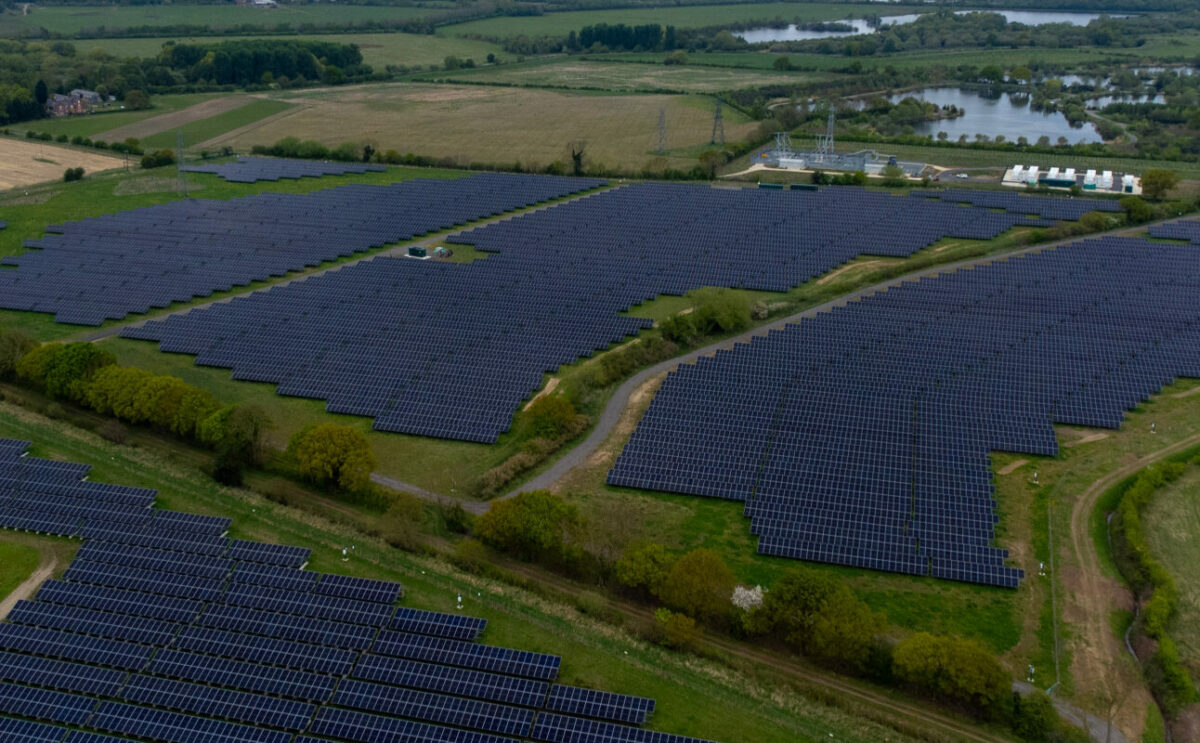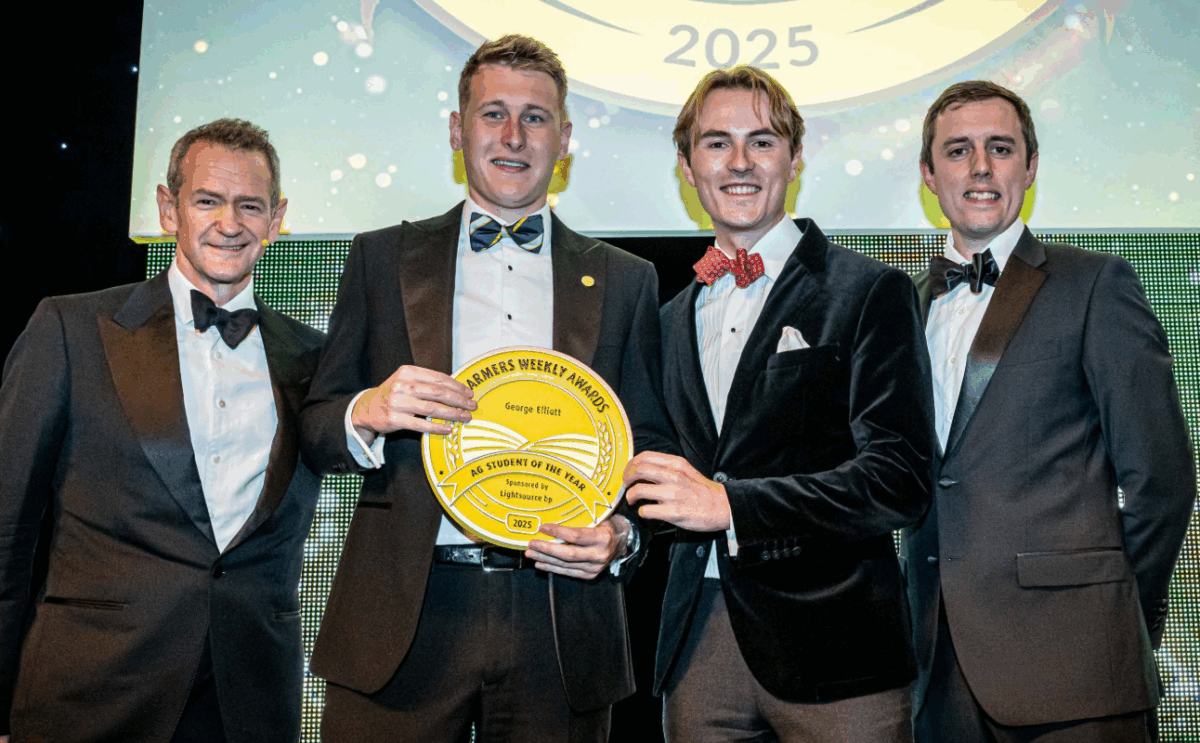Could Your Solar Farm "very well just blow away"? – Addressing Misconceptions through the Planning Process
Reading an article in the Irish Examiner, my eye was caught by a quote from the Irish Farming Association’s chair, raising concerns that solar arrays were untested in Ireland and given weather conditions there, “[t]hese things could very well just blow away”. I wondered just how windy it gets there (with visions of ‘cow-nadoes’ sweeping across the farmland).
Perhaps I should back the truck up a little and introduce myself. I’m Penny Laurenson, Head of Planning at Lightsource – that’s Penny like the coin, not the apron (apparently ‘Pinny’ is how it sounds to the British ears in my *hopefully* endearing kiwi accent). Since joining Lightsource back in 2010, I have overseen the successful grant of planning permission for 133 solar farms, with a combined installed capacity of approximately 825 MWp. My team of Planners (which has numbered from 6 to 19) undertake all the core planning and engagement activities for our sites, while we engage leading consultants for technical disciplines we do not have in house (landscape, ecology, heritage etc).
The article above reminded me of a community consultation event we held for a proposed solar farm in Devon back in 2012, where I was asked a very similar question. Given the prevalence of solar farms in Europe, I was pretty certain that the arrays were designed to avoid panels flying past the neighbours’ window every time the wind got up. Regardless, how we communicate the answers to such questions is critical – an overly complex discussion about static loading calculations probably wasn’t what they were after, but a casual “she’ll be right” would also have been wide of the mark. Planners play a critical role in interpreting and presenting the myriad technical aspects of a project in a way that is readily accessible and comprehensible by the general public.
Myth busting has always been an important part of the Planner’s job on development proposals, particularly so for us in areas where solar farms are new to people. Some of the more memorable queries we’ve addressed include: whether the solar farm would result in large bug and spider infestations (no, that sounds like a horror movie!); whether horses going past would take fright (in brief, no); and the industry standard, whether PV panels work in the UK and Ireland given the ‘temperamental’ summers (a resounding yes, they require daylight not sunshine). We even once had a neighbour complain that they wouldn’t be able to see the solar panels as the hedgerows were too high!
Direct engagement is an integral part of our project development. This approach does have unavoidable resourcing implications, with members of the team regularly travelling to meet with local communities. Convincing several members of our Senior Management Team to accompany me to Parish Council meetings and community engagement events early on allowed them to see first-hand the benefit of talking directly to the communities that will be our neighbours. In my opinion, the opportunity to address misassumptions in person, rather than letting concerns spiral through the rumour mill, is always worth the effort.
Image source: www.drawception.com
Related news
01 Dec, 2025
Innovating Solar Intelligence: Ysgol David Hughes sixth form students take on the sky camera challenge
Collaborating with the talented sixth form students of Ysgol David Hughes on Anglesey, through the STEM Cymru’s Engineering Education Scheme Wales (EESW).
29 Oct, 2025
The emerging corporate renewable procurement models
Hybrid PPAs, multi-buyer agreements, and innovative self-consumption solutions open new pathways for companies needing tailored renewable supplies.
21 Oct, 2025
Celebrating excellence in British Farming
Lightsource bp champions the agricultural industry and its vital role in shaping a sustainable future at annual Farmers Weekly awards.




